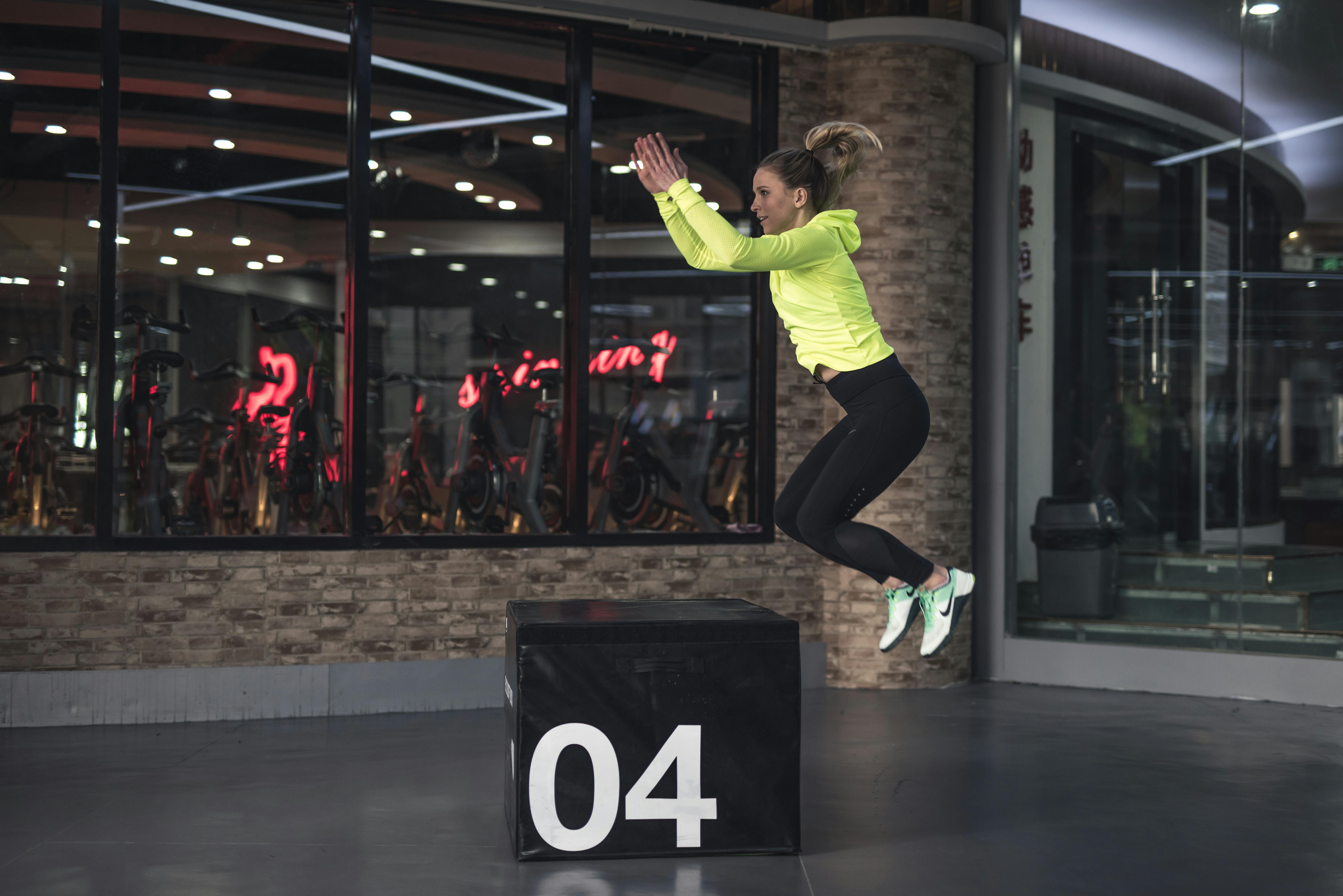



When you are in pain, movement can feel like the last thing you want to do. Even simple actions like walking, reaching or bending might bring on discomfort. But here is something important to know: moving through pain is not the same as pushing past pain.
Understanding the relationship between activity and discomfort can help you feel more in control, more confident and less fearful about using your body. Let’s look at what is actually going on and how you can move safely and meaningfully, even with pain.
It is natural to assume that if something hurts when you move, you are making things worse. But pain is not a reliable sign of injury. It is a protective signal from your nervous system that is influenced by many factors beyond physical tissue:
This means that even safe, healthy movements can feel sore if your system is on high alert. It is not a sign of harm. It is a sign of sensitivity.
Avoiding movement because of pain may seem logical, but it often leads to more stiffness, weakness and fear. Over time, the brain can start to associate certain actions with threat, even if the body is structurally fine.
Gentle, graded movement helps reverse this pattern by:
The goal is not to eliminate all discomfort immediately. It is to show your brain and body that movement is safe again.
You do not need to ignore pain or push hard. You can work with your system in a more thoughtful and sustainable way:
Discomfort is part of the process, not a sign of failure
When your system has been on alert for a while, it takes time to rebuild trust and ease. Some discomfort is normal. It means your body is waking up and adjusting, not falling apart.
Progress is not about having zero pain. It is about increasing your freedom, confidence and comfort step by step.
Movement and pain have a complicated relationship, but one thing is clear, avoiding movement rarely helps in the long run. By understanding that pain is a protective signal, not always a danger sign, you can start to move in ways that build safety and strength.
You do not need to be pain-free to move. You need to feel supported, informed and confident that your body can change.